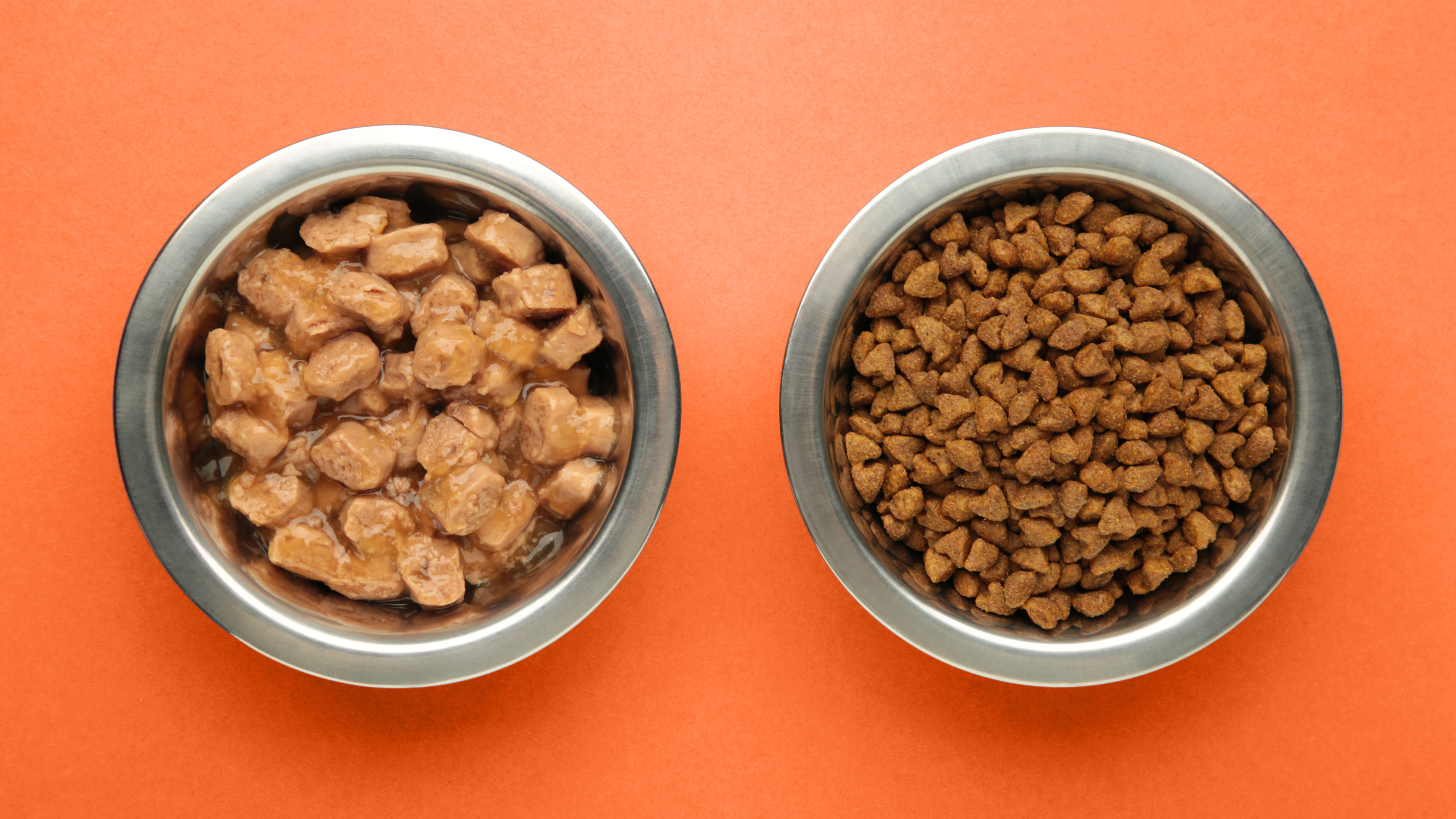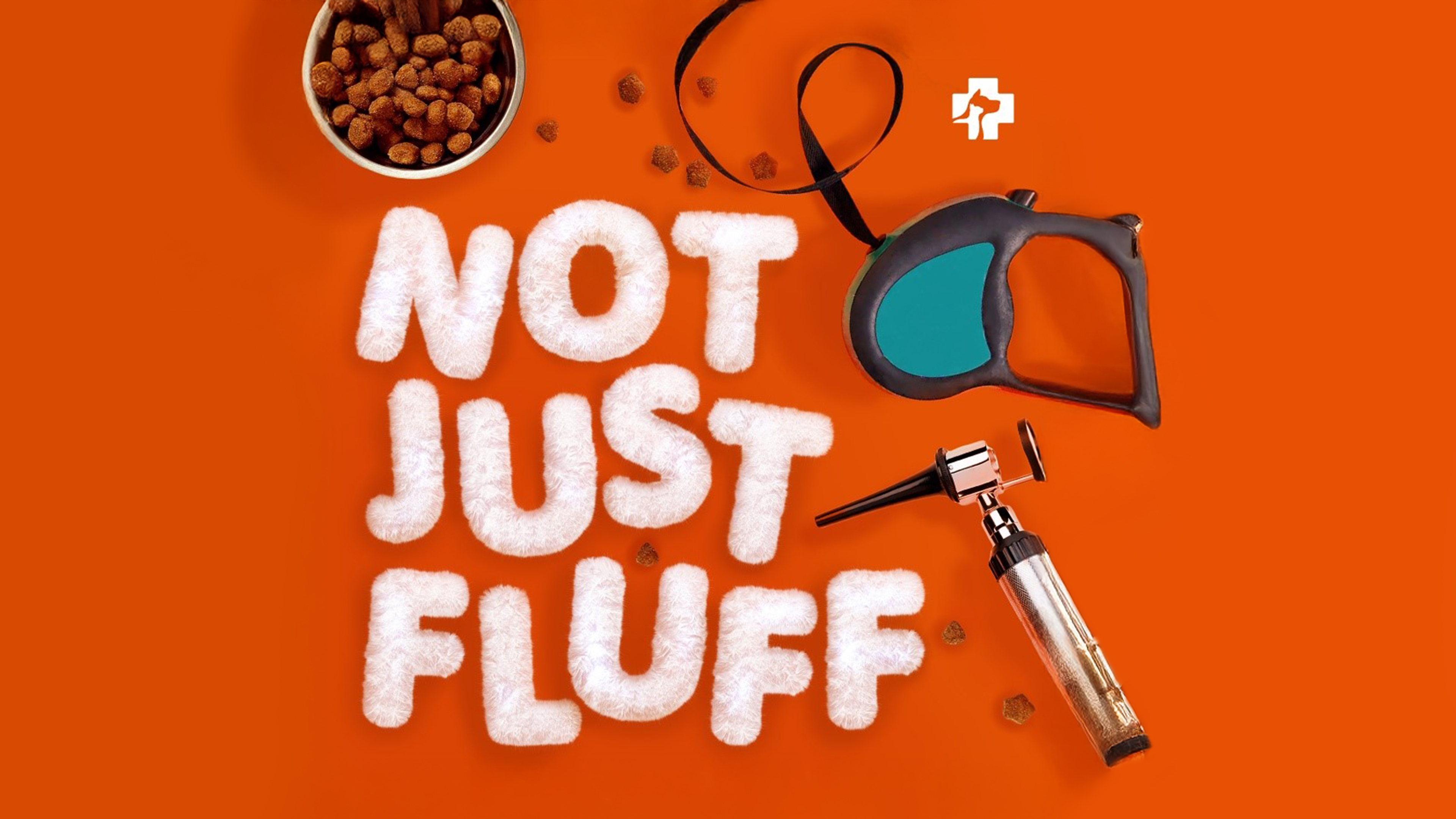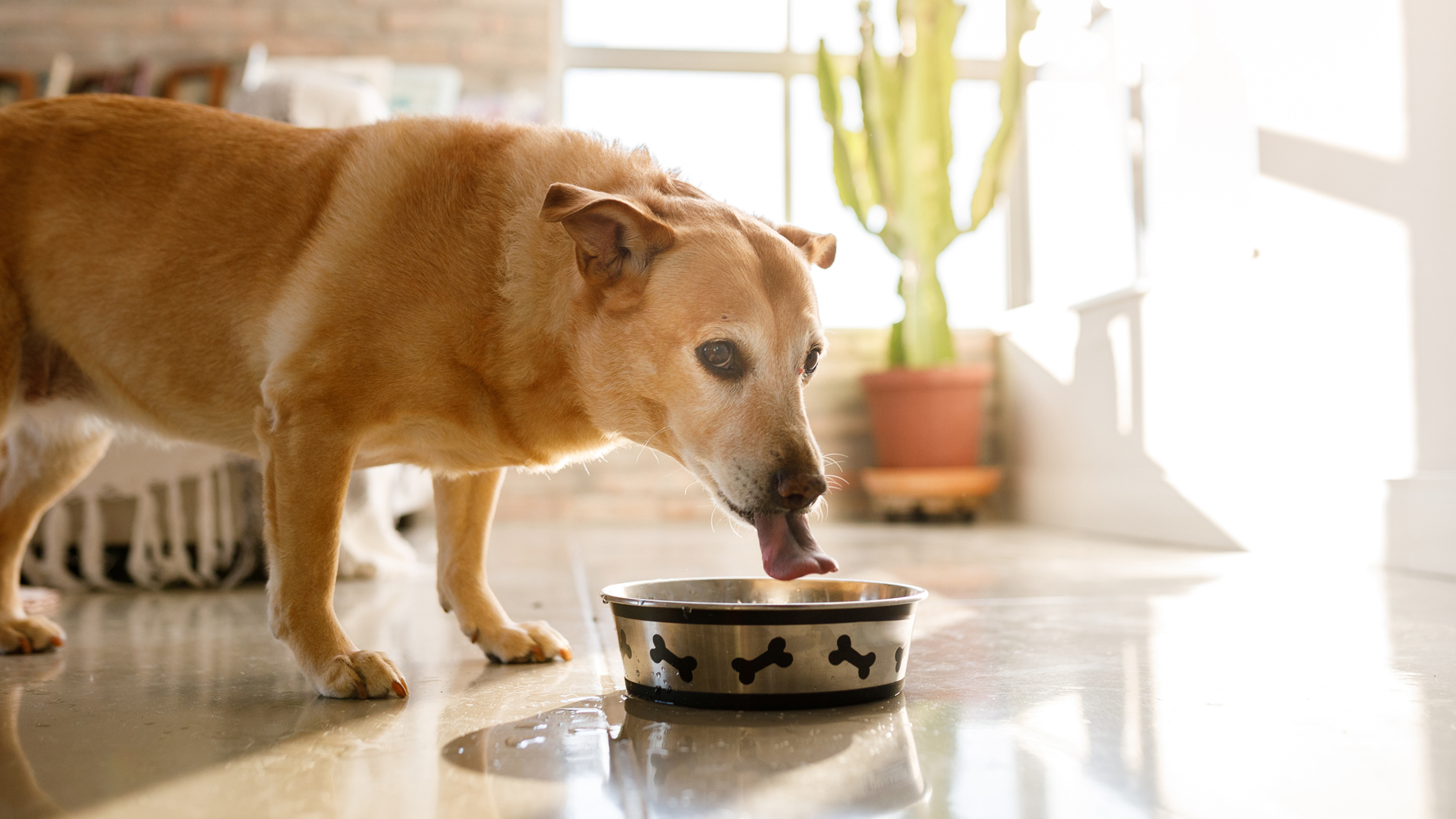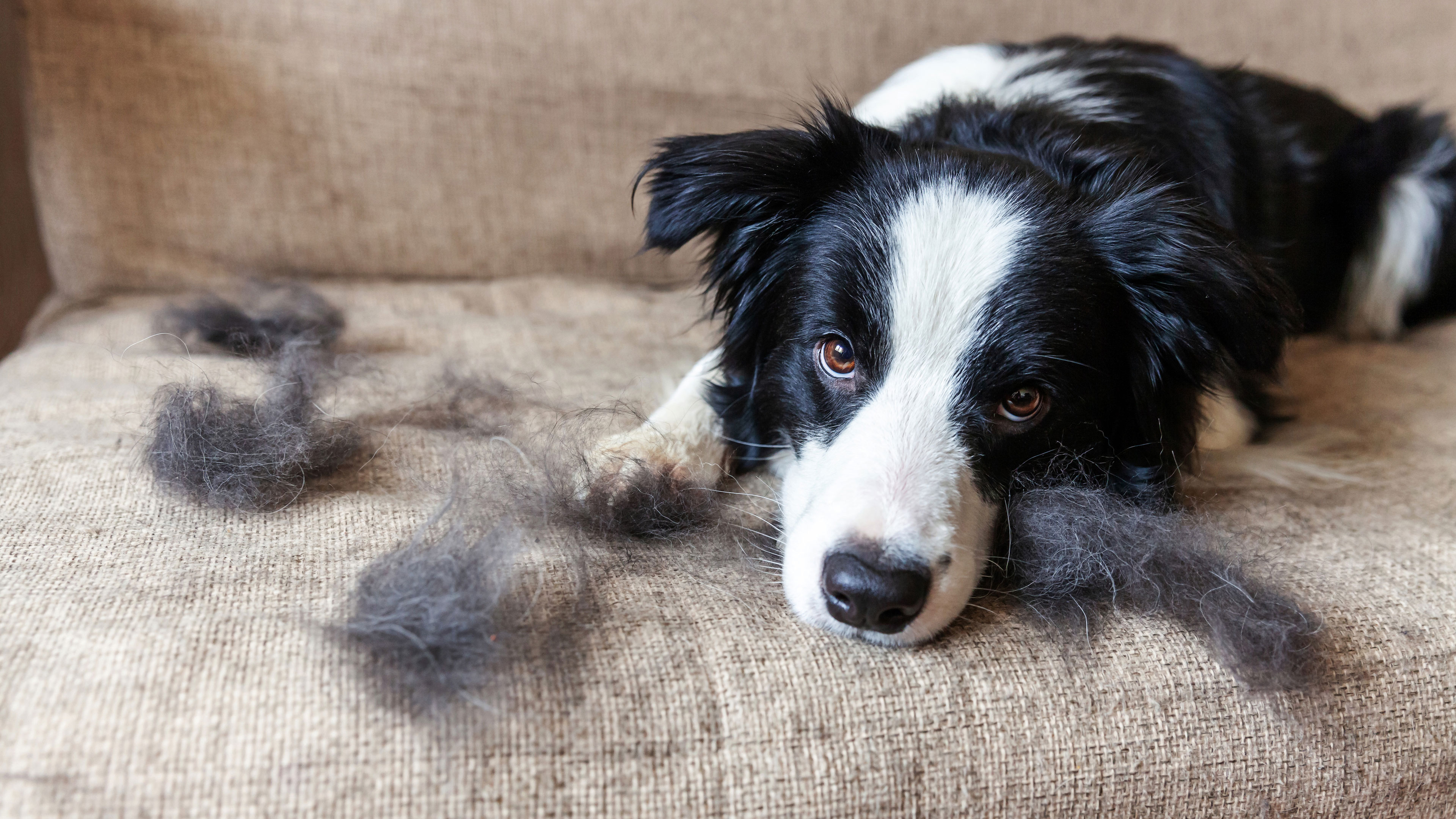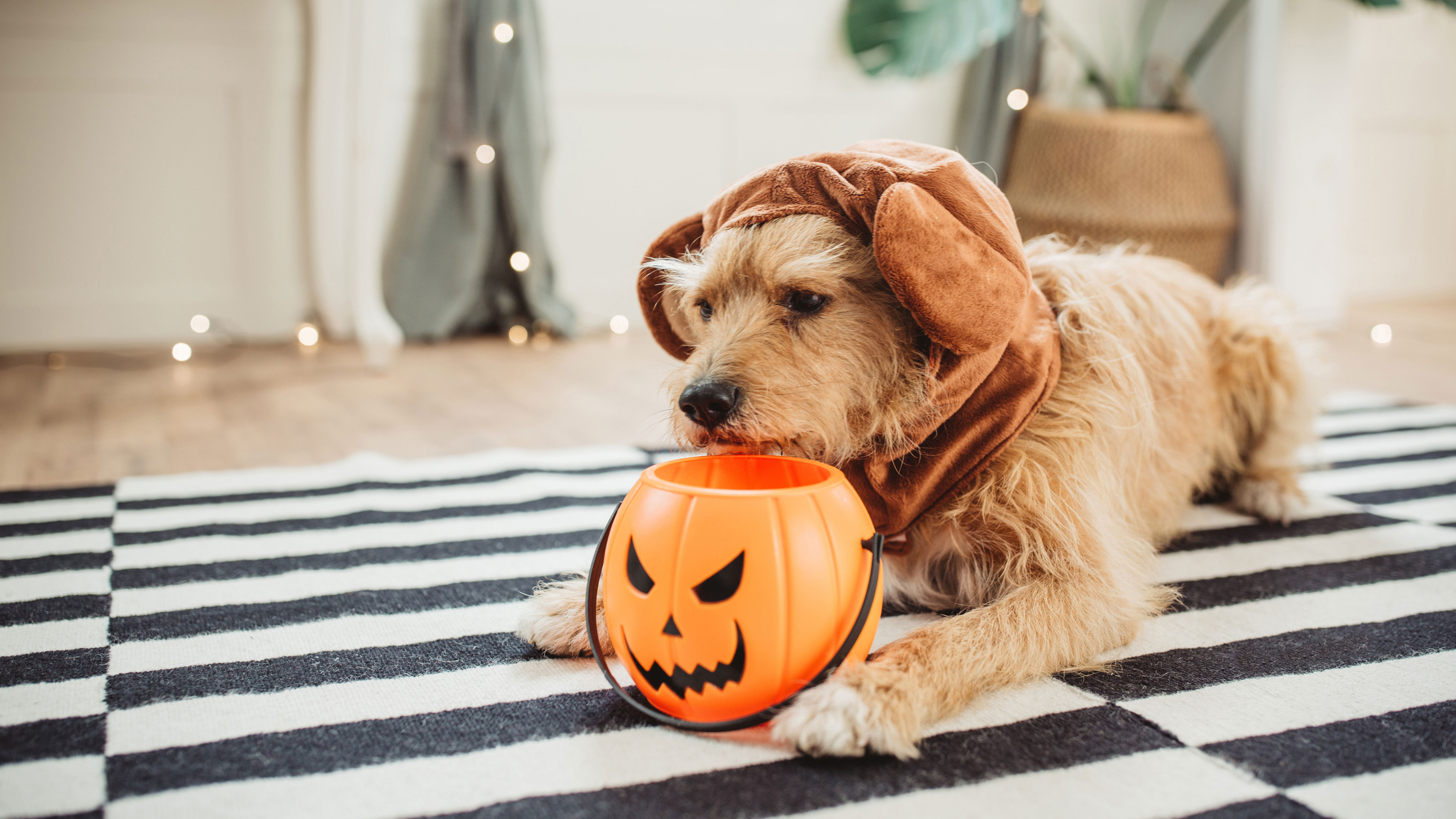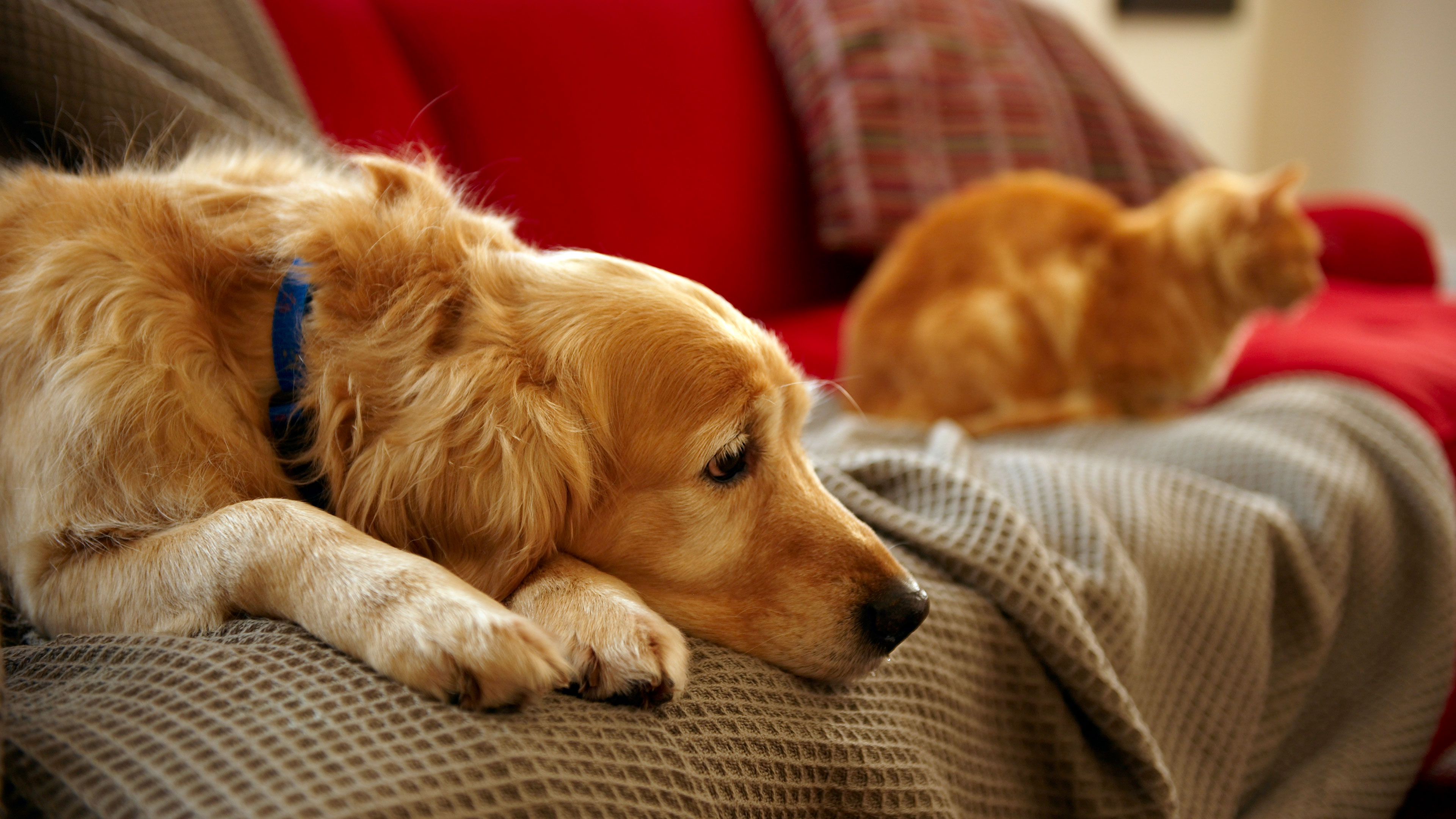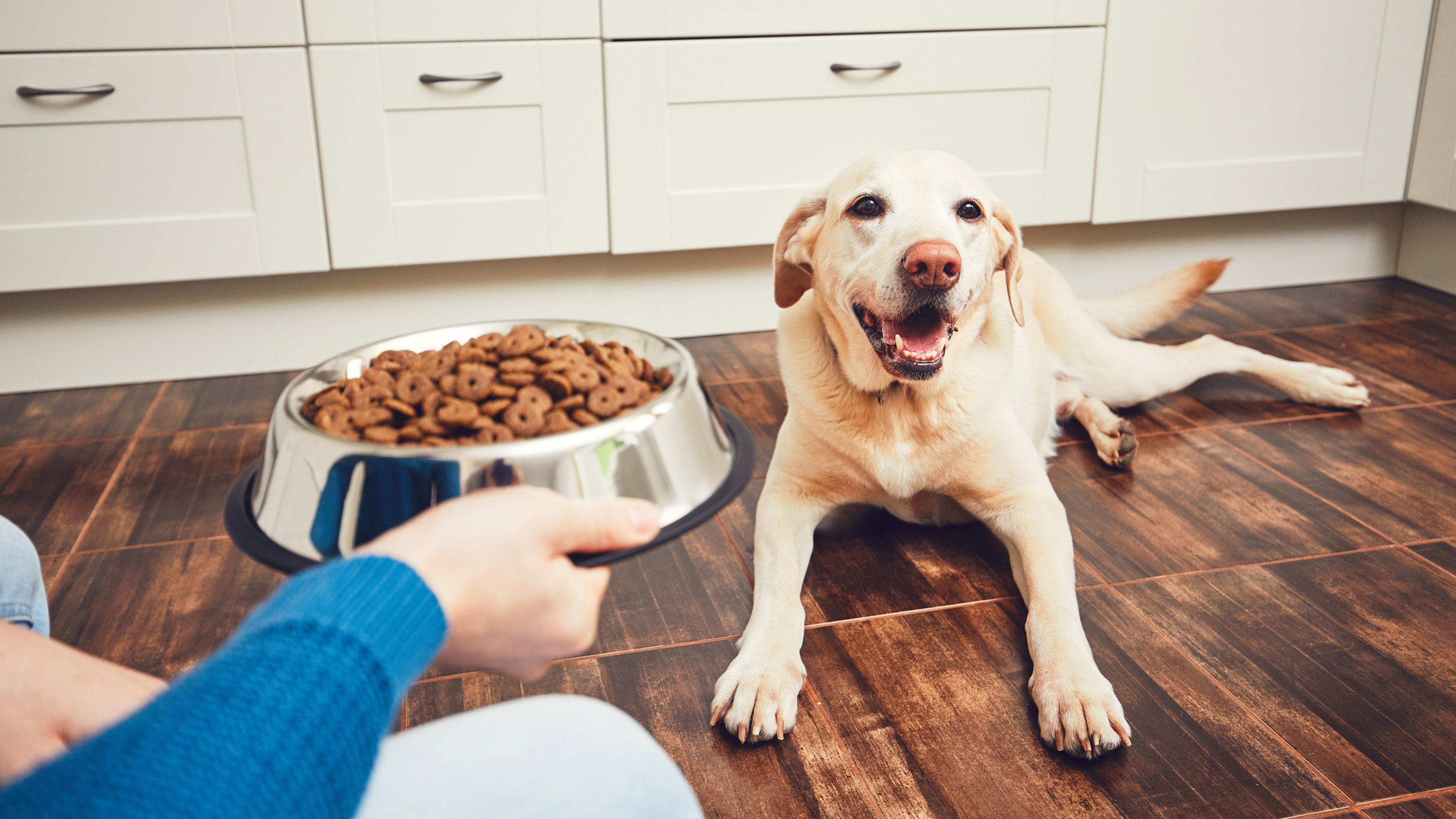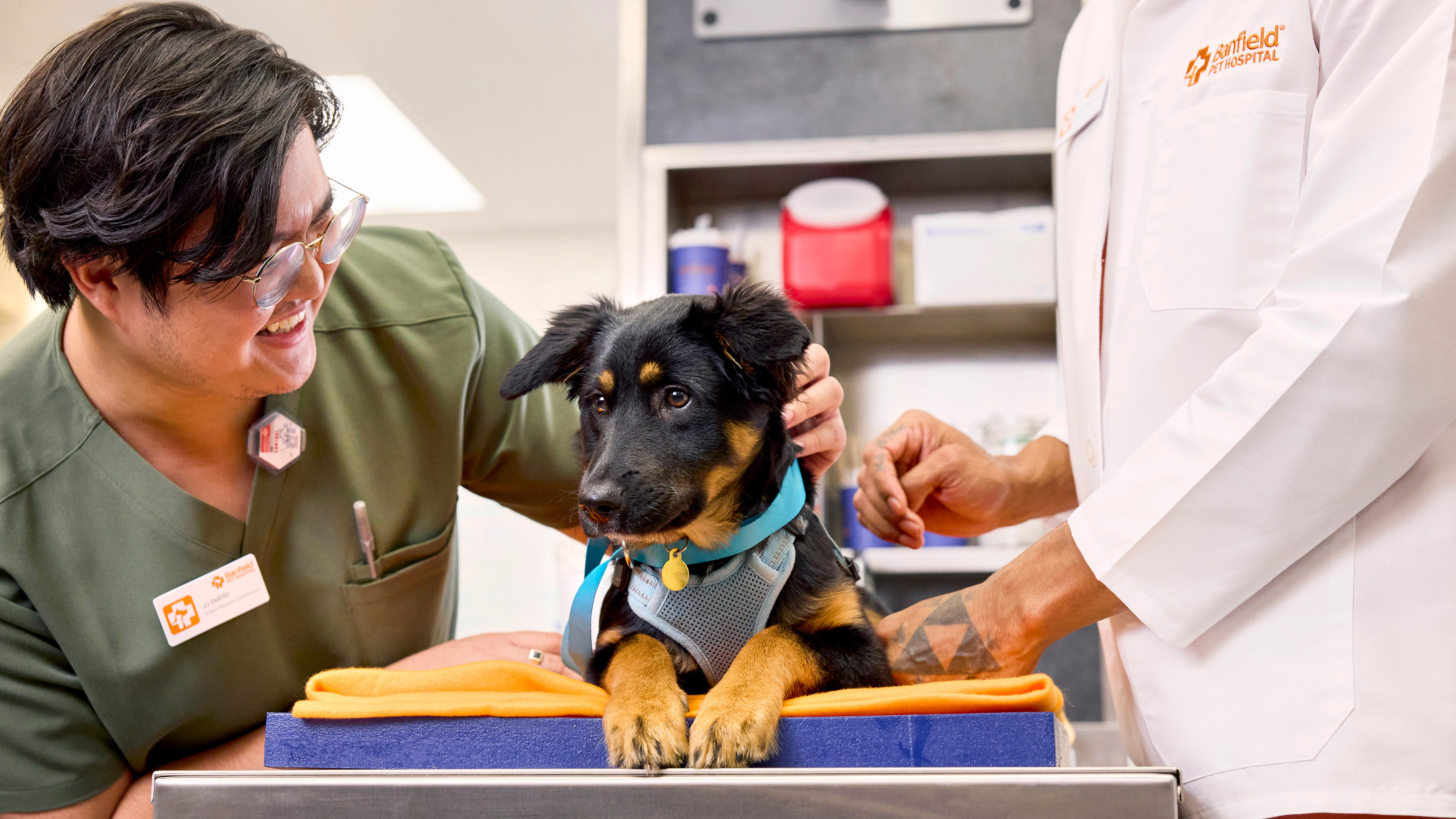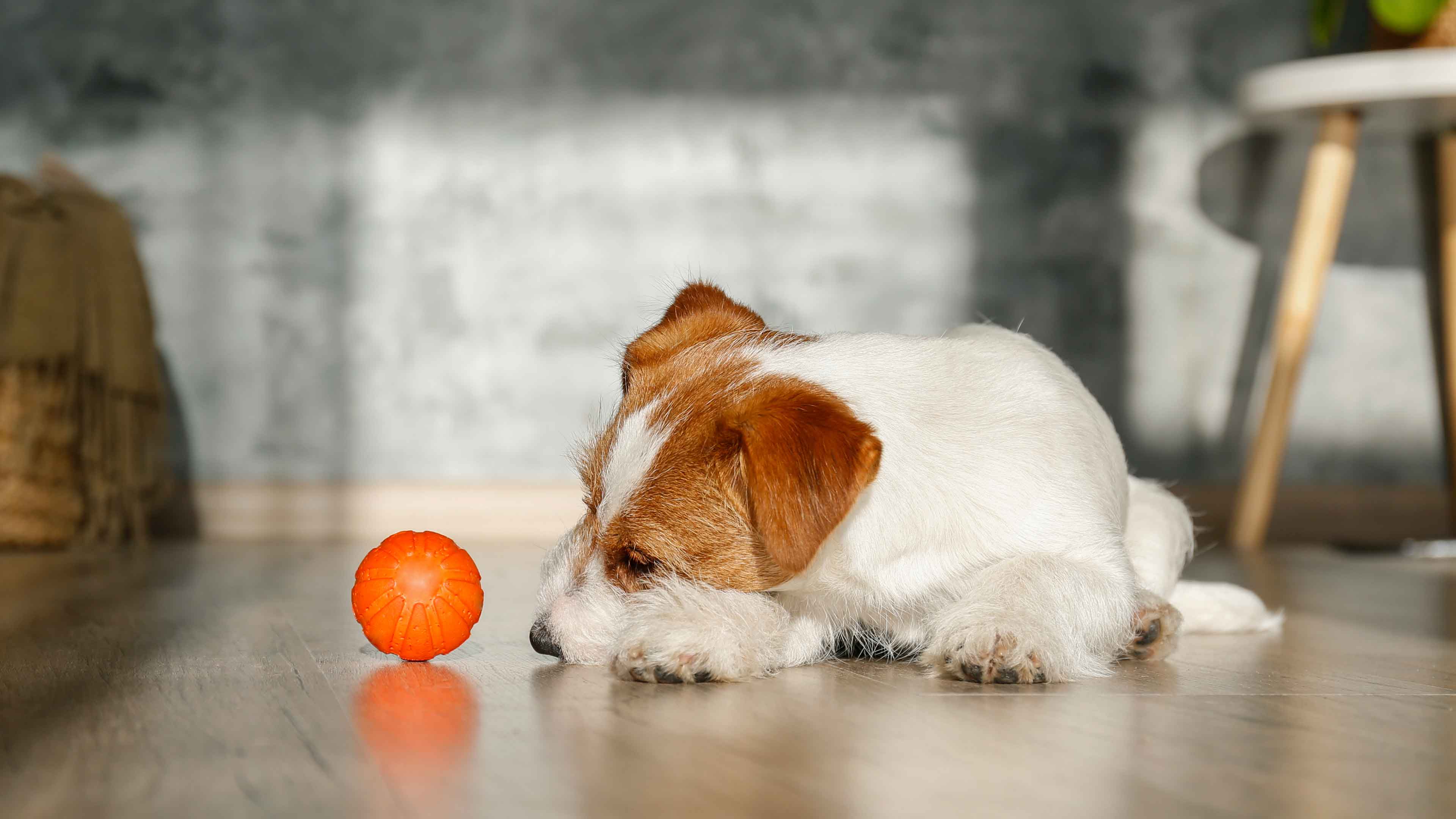wet food vs. dry food: which is better for your cat?
Walk down the cat food aisle and you’ll see shelves stacked with choices — crunchy kibbles, savory cans, pouches of pâté or stew. With so many options, it’s natural to wonder: Is wet food or dry food better for your cat?
The truth is, both types have pros and cons. The best choice depends on your cat’s health, habits, and your household routine. Let’s take a closer look at the differences so you can feel confident about what’s in your cat’s bowl.
Wet food
Wet food is typically sold in cans or pouches and comes in textures like pâté, chunks in gravy, or shredded meat.
Pros of wet food:
- Higher moisture content: Cats are notoriously poor drinkers, so wet food can help keep them hydrated and support urinary tract health.
- Easier to chew: Great for kittens, older cats, or those with dental issues.
- Portion control: Individual cans or pouches make it easy to measure meals and monitor calories.
Cons of wet food:
- Short shelf life: Opened cans need refrigeration and should be used quickly.
- Messier: May leave behind stinky chunks. (Make sure to wash the bowl between each use!)
- More expensive: Typically costs more per serving than dry food.
Dry food
Dry food, or kibble, is made into bite-sized pieces and stored in bags.
Pros of dry food:
- Convenience: Easy to measure, store, and leave out for cats.
- Long shelf life: Doesn’t require refrigeration once opened.
- Less expensive: Generally more budget friendly.
- More nutritionally dense: Because kibble contains less hydration, it’s more nutritionally dense. In other words, the same quantity of dry food tends to have more calories than the same quantity of wet food.
Cons of dry food:
- Low moisture content: May not provide enough hydration on its own.
- Less appealing to picky eaters: Some cats prefer the smell and taste of wet food.
- Portion control: Easy to overfeed, especially if the bowl is always full.
Mixing wet and dry food
Many cat owners find that a combination of wet and dry food works well. For example, wet food in the morning and dry food at night, or wet food as a topper on kibble. This can help provide hydration from wet food and the convenience of dry food.
What to consider when choosing
When deciding between wet, dry, or a mix, think about:
- Your cat’s health: Cats with urinary tract issues, kidney disease, or who don’t drink much water may benefit from more wet food.
- Age: Kittens often thrive on wet food for easier chewing, while adult cats can enjoy either. Senior cats may need softer food if dental health declines.
- Weight management: Wet food can help with portion control, while measured kibble can work well for grazers.
- Lifestyle: If you’re often away from home, dry food may be easier to manage.
Talk to your veterinarian to help tailor a feeding plan based on your cat’s unique needs. We’ve got additional tips here.
Nutrition matters most
Whether wet or dry, what matters most is the quality of the food. Look for:
- AAFCO and FDA logos
- Protein listed as the first ingredient
- Limited fillers and artificial additives
- Check out our helpful tips for how to read your cat’s food labels.
So, what’s best?
Wet food, dry food, or both — the “best” option depends on your cat. Wet food provides hydration and taste appeal, while dry food offers convenience and affordability. Many cats do well on a combination of the two.
The most important thing? Choose a high-quality diet, keep portions in check, and work with your veterinarian to ensure your cat is getting the nutrition they need.
Important Notice: The information provided on this page is for informational purposes only and is not a substitute for professional veterinary advice. Always consult a veterinarian with any questions regarding your pet's health or medical condition. Never disregard or delay seeking professional veterinary advice based on information from this page.
 Mites and mange
Mites and mange Podcast - Not Just Fluff
Podcast - Not Just Fluff
